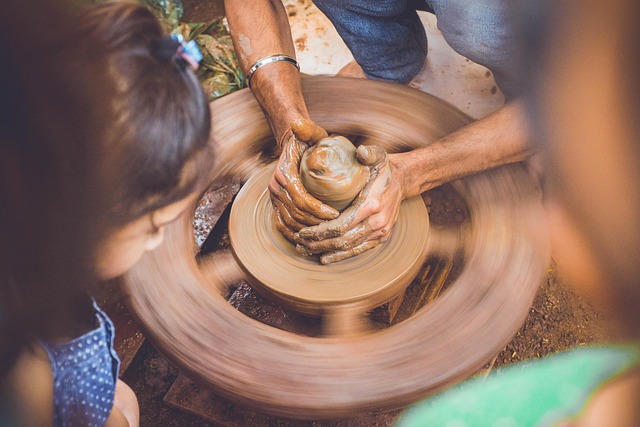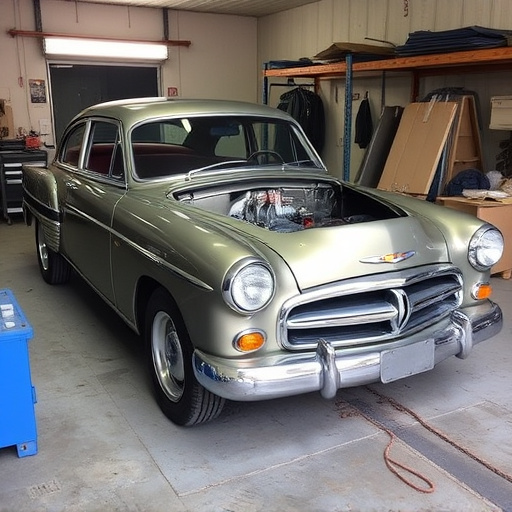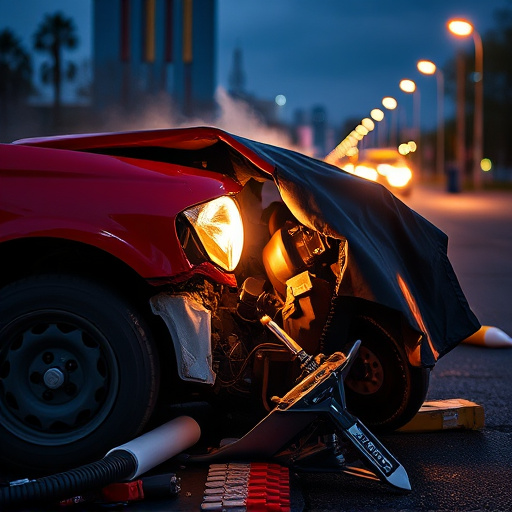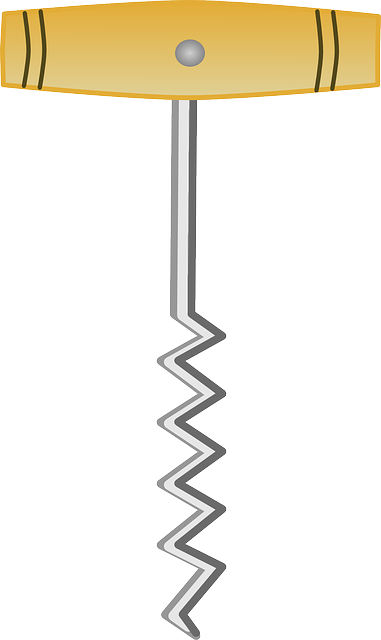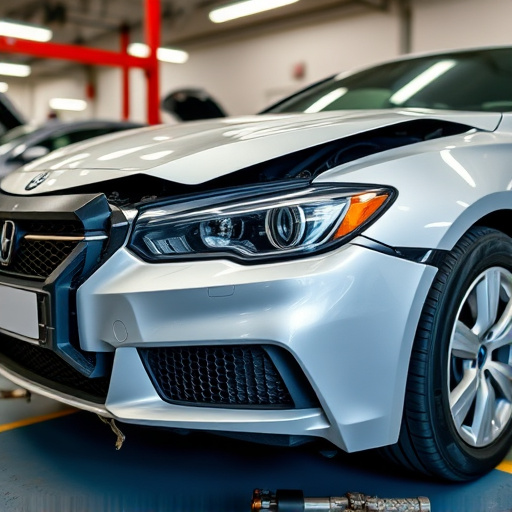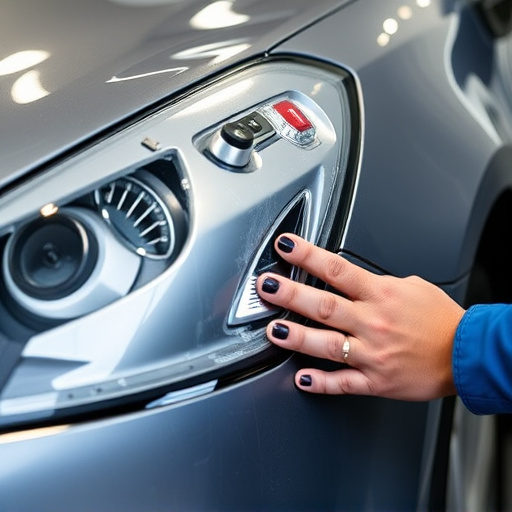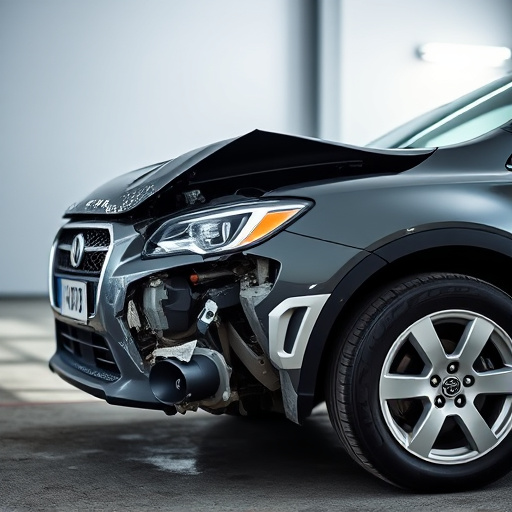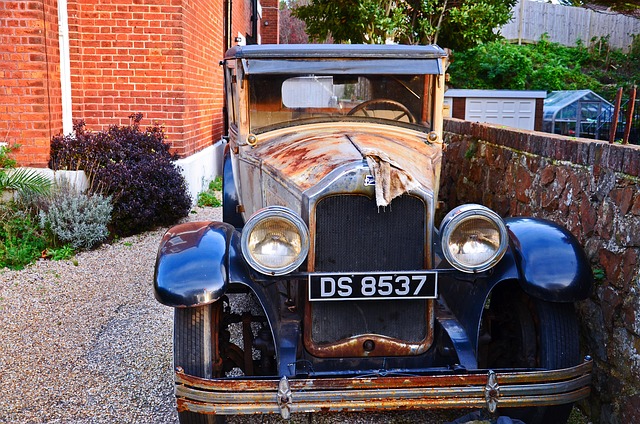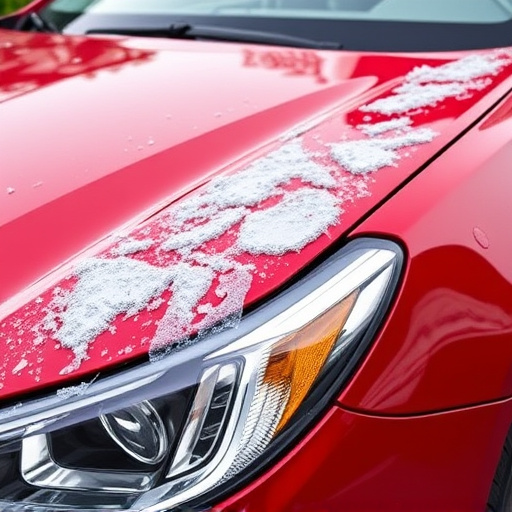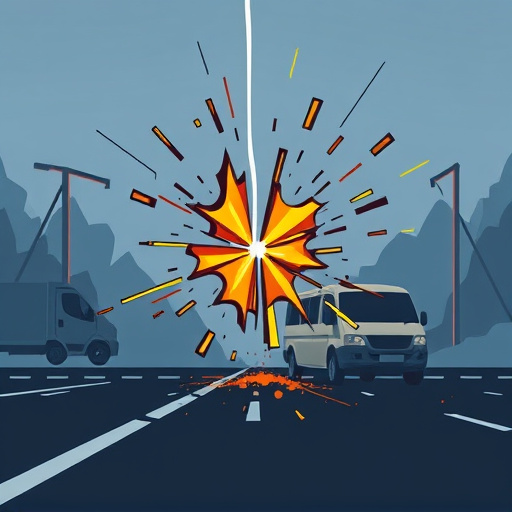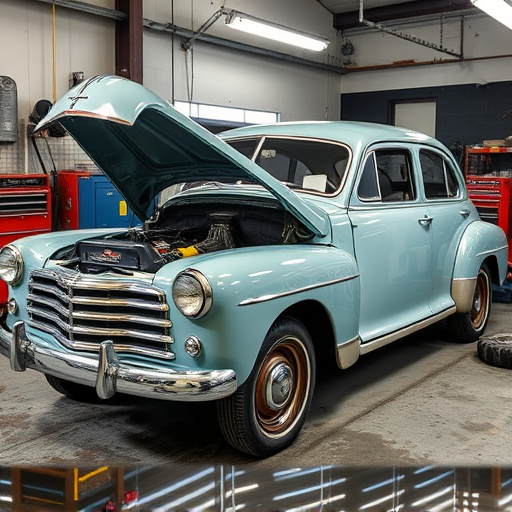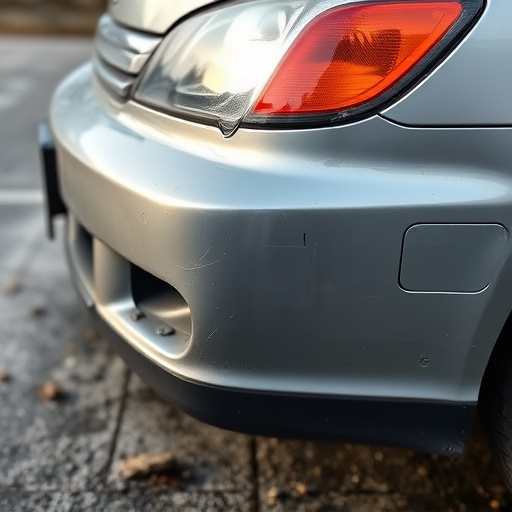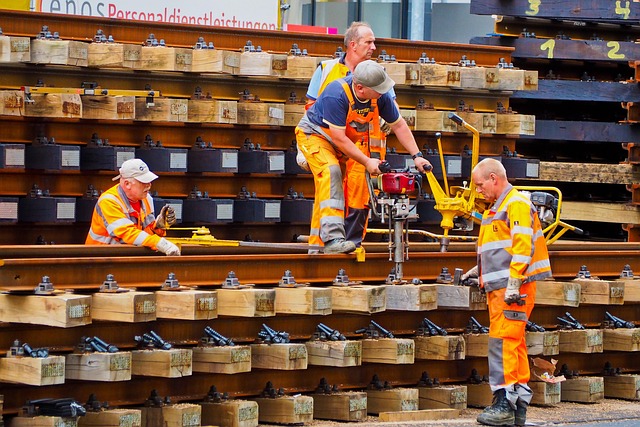After a suspected cooling system accident, conduct a thorough assessment for visible signs of harm and leaks, being mindful of toxic coolant fluids. For severe damage or complex diagnostics, consult a professional auto collision repair service to prevent further complications and ensure safe driving conditions. Immediate action is crucial to avert overheating and engine failure, with temporary fixes like portable coolant containers recommended while awaiting proper repairs, including fender repair and cooling system restoration. Regular maintenance and leak inspections are vital preventative measures to avoid costly breakdowns.
After a suspected cooling system accident or damage, quick action is crucial. Assess the extent of the harm and potential safety hazards immediately. If the issue appears severe, isolate the system to prevent further complications.
For temporary fixes, consider basic measures to maintain functionality. However, for comprehensive solutions, professional repair or replacement is recommended. Implement preventive strategies post-repair and regularly maintain your cooling system to avoid future accidents caused by wear and tear.
- Assess the Damage and Safety Hazards
- Temporary Fixes and System Isolation
- Professional Repair or Replacement and Prevention Strategies
Assess the Damage and Safety Hazards
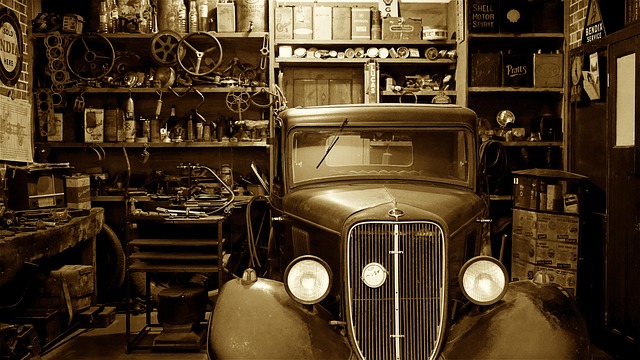
After a suspected cooling system accident or damage, the initial step is to conduct a thorough assessment of the situation. Look for any visible signs of damage to the radiator, hoses, and other components. Check for leaks, which could indicate a rupture or severe corrosion. Also, pay close attention to safety hazards; some coolant fluids are toxic and can cause harm if spilled. Ensure all individuals in the vicinity wear protective gear, including gloves, goggles, and long-sleeved clothing.
During your assessment, consider potential risks associated with the vehicle’s operation. For instance, a damaged cooling system might lead to overheating, which could result in engine failure or even a fire. If you suspect severe damage or are unsure about the extent of the issue, it’s advisable to consult a professional auto collision repair service. They can provide expert advice and perform thorough diagnostics to identify any hidden problems related to the cooling system accident damage. Remember, timely action is crucial to prevent further complications and ensure safe driving conditions.
Temporary Fixes and System Isolation
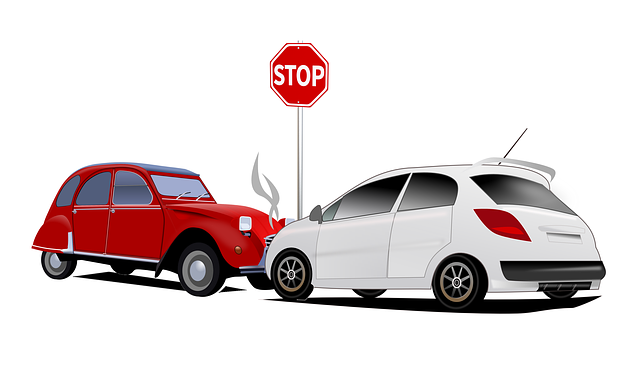
If a cooling system accident or damage is suspected, immediate action is crucial to prevent further complications. The first step is to implement temporary fixes to ensure the vehicle’s engine doesn’t overheat. This could involve using a portable coolant container or adding a temporary sealing agent to stop any leaks and maintain a safe operating temperature.
While these measures provide a quick solution, isolating the damaged area within the car’s system is paramount. It’s akin to containing a small fire to prevent it from spreading. In the context of a cooling system accident, this means identifying and separating the affected components from the rest of the vehicle’s thermal management network. This isolation prevents the potential spread of damage and allows for safer, more accurate assessments of the extent of the fender repair or car bodywork required, including car collision repair procedures, without putting the engine at risk.
Professional Repair or Replacement and Prevention Strategies
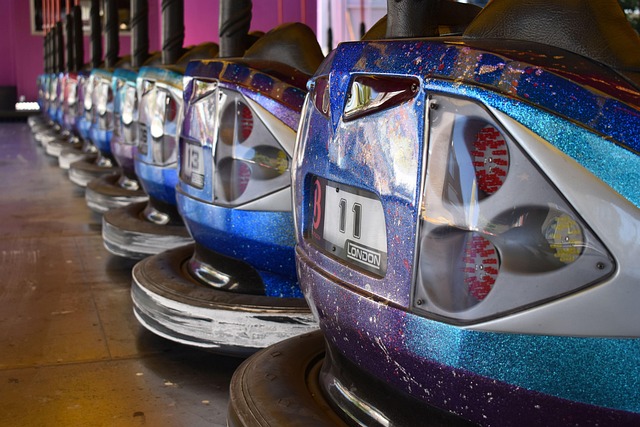
After assessing the extent of cooling system accident damage, a crucial decision point arises: to undertake professional repairs or consider replacement. Severe damage, particularly involving components like radiators, hoses, or the condenser, often necessitates complete replacement to ensure optimal vehicle performance and safety. Many car owners opt for expert assistance from specialized car repair services, leveraging their expertise in diagnosing and fixing such intricate systems.
Prevention is equally vital in minimizing cooling system accidents. Regular maintenance checks, including inspecting for leaks and checking coolant levels, can help identify potential issues early on. Additionally, ensuring proper ventilation and addressing any signs of corrosion or damage to the vehicle’s bodywork contributes to a robust cooling system. Timely repairs and upkeeping the car body restoration to its best condition are key strategies in avoiding costly and dangerous breakdowns caused by accident-damaged cooling systems.
In the event of suspected cooling system accident damage, immediate action is crucial. Assess the situation carefully, prioritizing safety. If hazards exist, isolate the system temporarily. For severe damage, professional repair or replacement is essential to ensure vehicle safety and performance. Implement preventive strategies like regular maintenance and prompt service to avoid future cooling system issues.
